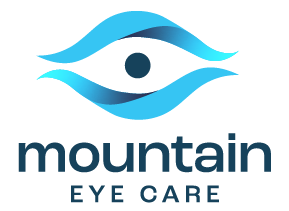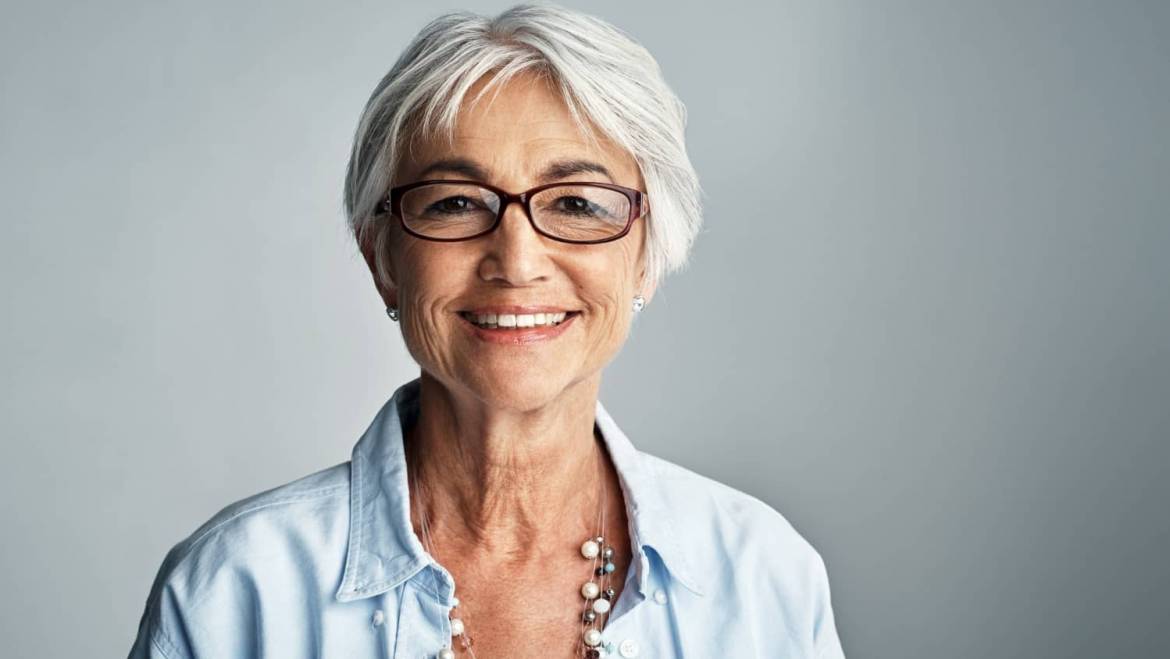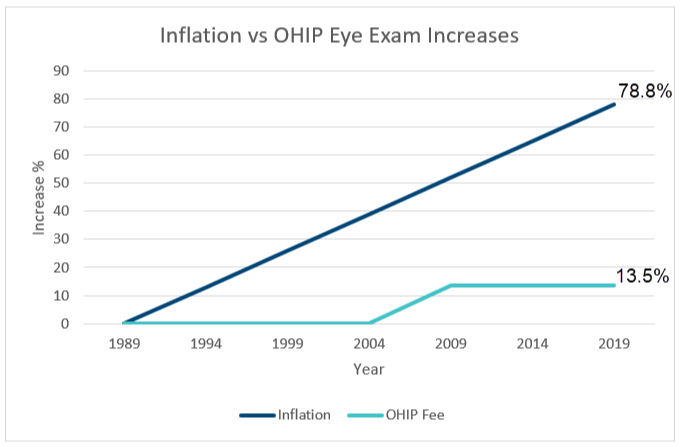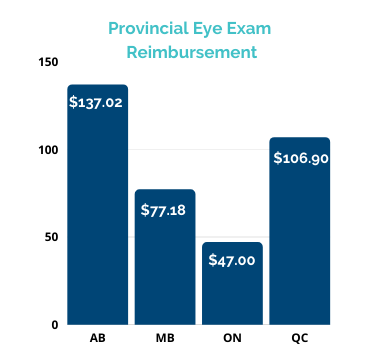Myopia
Myopia is an increasingly common vision problem that often begins between the ages of 6 and 14. It affects an estimated 5% of preschoolers, about 9% of school-aged children, and 30% of adolescents.
Children are likely to develop Myopia if their parents are nearsighted. However, Myopia is on the rise overall, especially in kids. No one is exactly sure why, but experts believe it could be related to more time doing close-up tasks indoors like using computers and playing video games.
Myopia, or nearsightedness, is a condition where items nearby are seen more clearly than objects that are farther away. Myopia generally occurs when the eyeball is longer than average from front to back or when the cornea is curved too steeply. In hyperopia or farsightedness, distant objects are seen more clearly than near objects. Myopia can develop in children and teenagers because their eyes have not yet fully developed.
Myopia usually starts to develop in childhood and often progresses until the person reaches their late teens or early twenties. In some cases, Myopia can worsen over time. It is essential to have your child brought in for regular eye exams in order to monitor your child’s vision, ensuring that they are receiving the best possible treatment.
Myopia and the COVID-19 Pandemic
As we all know, the Covid 19 pandemic had forced many people to stay home and work remotely. For kids, this often means more time in front of screens. While this is a great opportunity for learning, it’s also important to be aware of the potential for an increase in Myopia during this time.
There are several things you can do to help lower your child’s risk of Myopia during/after the pandemic:
-Encourage them to take frequent breaks from close-up work.
-Make sure they get plenty of time outside, especially in natural sunlight.
-Limit recreational screen time as much as possible.
Diagnosing Myopia
If your child doesn’t pass a vision screening at your pediatrician’s office or at school, they may have Myopia. To get a diagnosis, your child will need to see an ophthalmologist or an optometrist.
Ophthalmologists specialize in eye exams and prescribing glasses and contact lenses. They also diagnose and treat eye diseases and perform eye surgery.
Optometrists specialize in giving eye exams, prescribing glasses and contact lenses, and screening for and treating certain vision problems.
Treatments to prevent Myopia:
Most people who have Myopia will see their vision worsen over time and eventually may need surgery to correct it. However, researchers are studying ways to prevent Myopia from worsening in children. These potential treatments include:
Low-dose atropine eye drops
A low dose of the same type of eye drops that are used to dilate the pupils in an eye exam may help slow down Myopia in children between 5 and 18 years old.
Specialized contact lenses
In some children, wearing a specialized multifocal contact lens that blurs their side vision may help slow their eye growth and limit Myopia.
If your child is diagnosed as having Myopia, there are a number of ways to treat it. Eyeglasses have been the most common form of treatment and can be prescribed to correct any refractive errors. Contacts also can be used to correct Myopia and come in both soft and gas-permeable varieties. In some rarer cases, surgery might also be needed to correct Myopia.
It’s critical to have regular eye exams to make sure the condition is not getting worse. With early diagnosis and treatment, most kids with Myopia can enjoy good vision well into adulthood.



